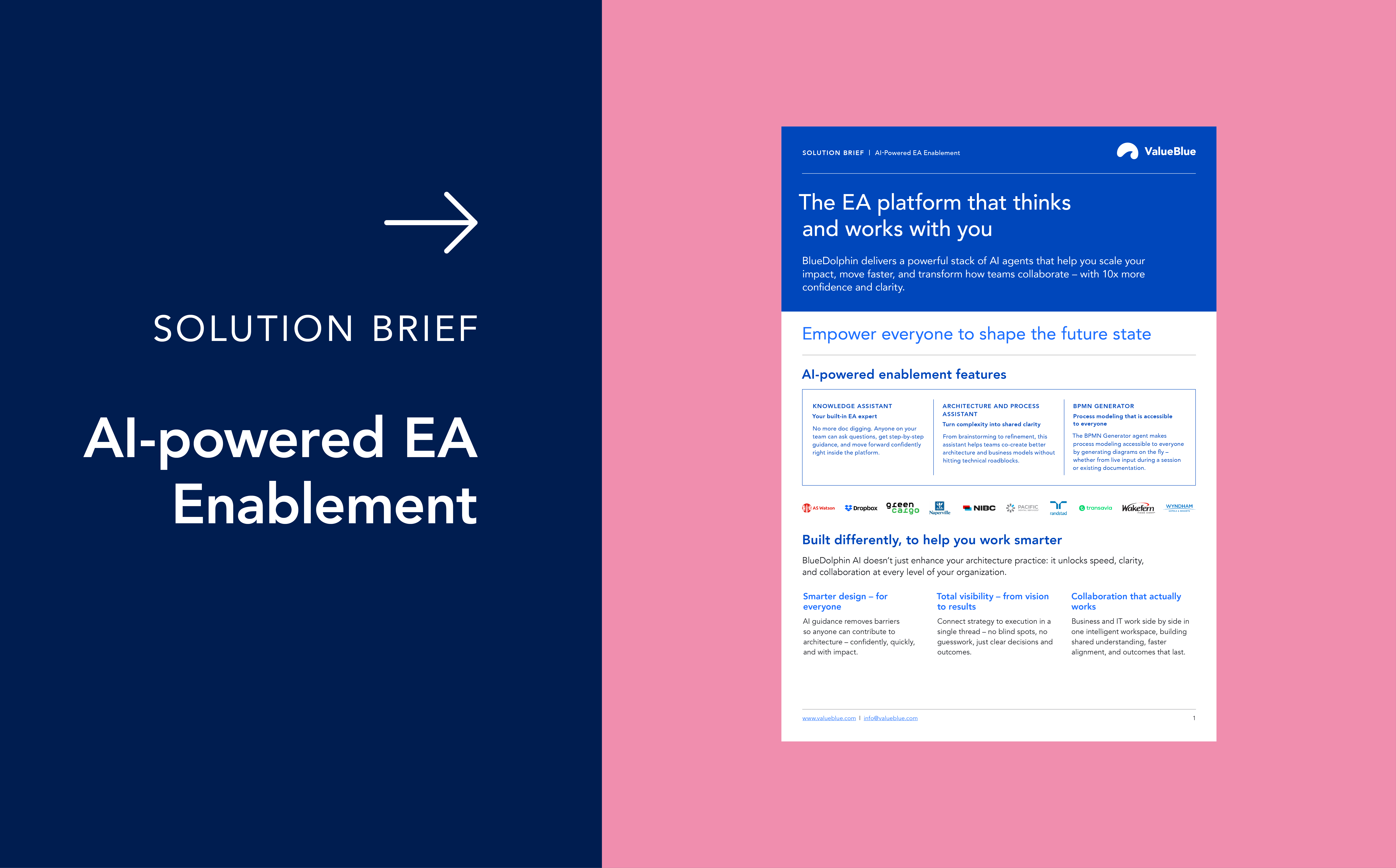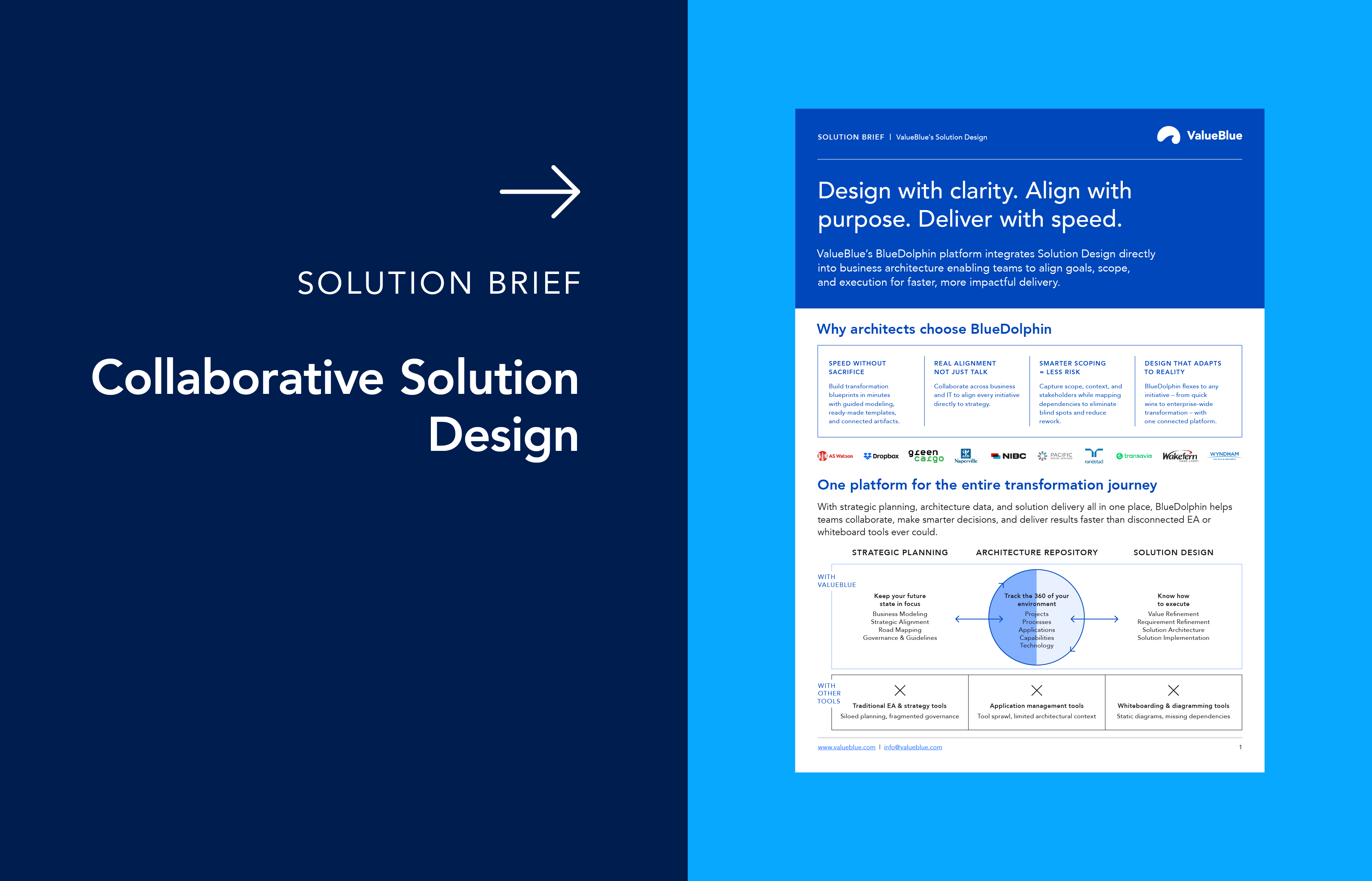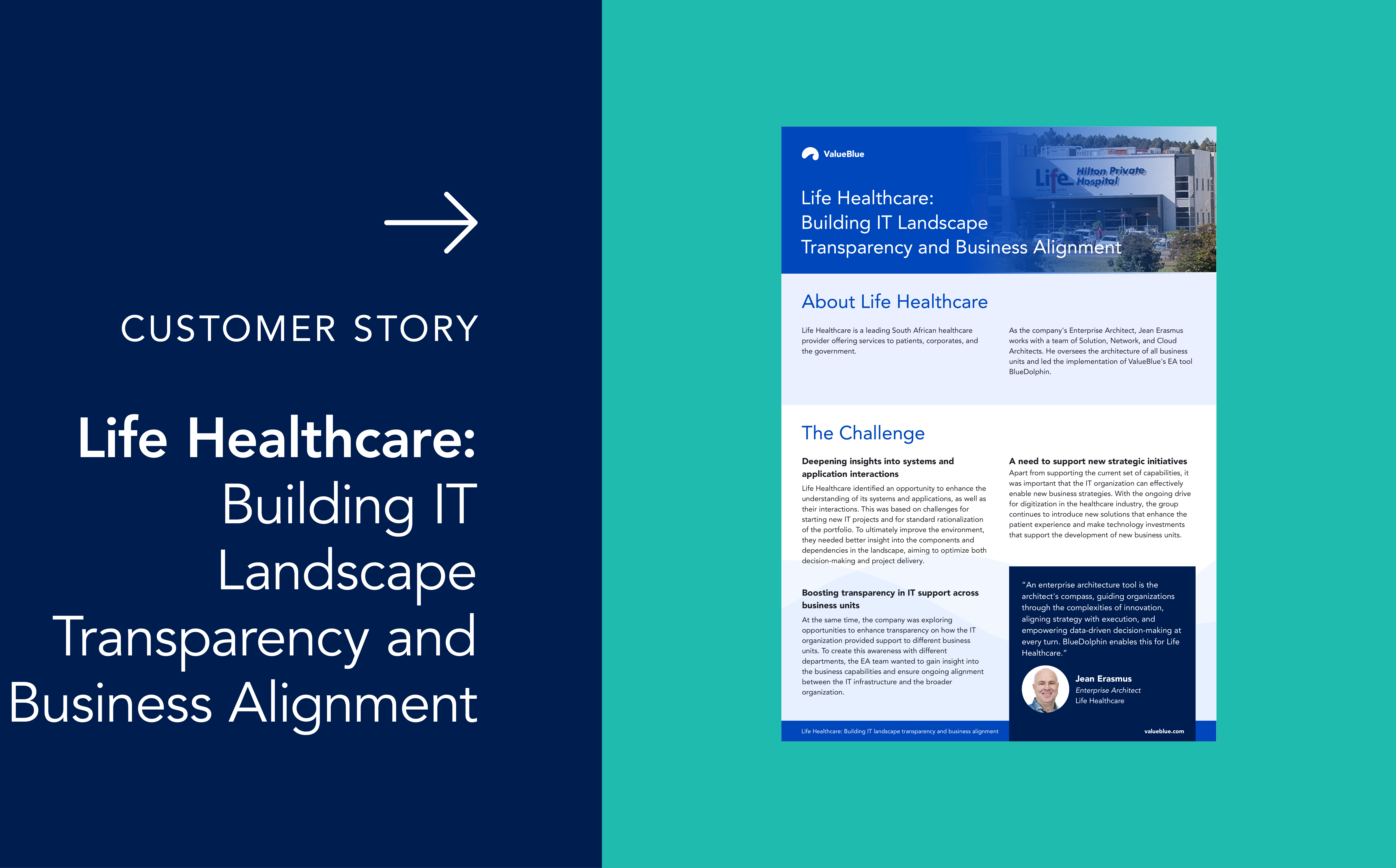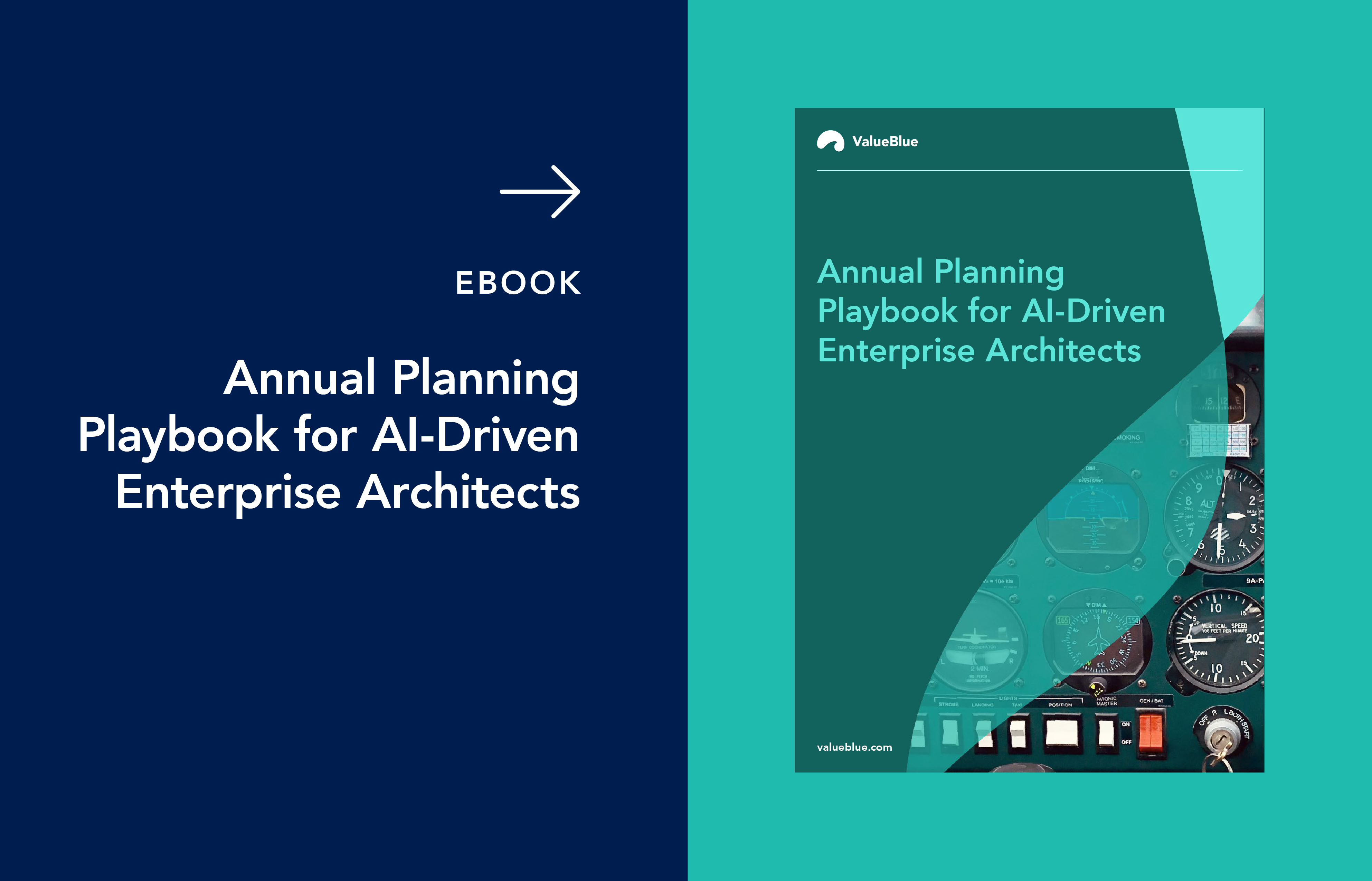How Enterprise Architecture Powers Digital Transformation
For organizations that aim to remain competitive, agile, and relevant, today digital transformation has become a key strategic focus. True digital transformation goes far beyond the adoption of new technologies. It demands a rethinking of business models, processes, and capabilities. Enterprise Architecture (EA), a discipline that bridges business strategy with technological execution, ensures that transformation efforts are aligned, efficient, and sustainable.
In this article, we examine the importance of Enterprise Architecture in driving successful digital and business transformation, the challenges it addresses, and how modern collaborative solutions empower organizations to accelerate and mitigate the risks associated with their transformation journeys.
What is Enterprise Architecture?
Enterprise Architecture is a structured framework that provides a comprehensive blueprint of an organization’s structure, including its systems, processes, applications, and data, as well as their interactions. Its primary goal is to ensure that all technology and business initiatives are harmonized to support the overall business strategy.
The strategic role of Enterprise Architecture in digital transformation
In the context of digital transformation, Enterprise Architecture ensures that technology initiatives are strategically aligned with business objectives and capable of driving meaningful change:
Bridging strategy and execution
Digital transformation initiatives often fail due to a disconnect between high-level strategy and day-to-day execution. Enterprise Architecture bridges this gap by translating strategic objectives into actionable roadmaps, ensuring that every technology investment and process improvement directly supports business goals. This alignment is critical for organizations to realize measurable value from their transformation efforts.
Navigating complexity and change
During the digital transformation process, organizations often encounter increased complexity: more systems, greater data flows, and heightened interdependencies. Enterprise Architecture provides the holistic view needed to manage this complexity, mapping current and future states, identifying gaps, and orchestrating change across business units. This enables organizations to innovate confidently while maintaining operational stability.
Overcoming common challenges in digital transformation
Despite the clear benefits, many digital transformation initiatives struggle due to:
- Fragmented IT landscapes: When systems and data are kept separate, it’s harder to integrate and adapt.
- Lack of stakeholder alignment: Business and IT often operate with different priorities and languages.
- Limited visibility: Absence of a holistic view leads to redundant investments and missed opportunities.
- Slow decision-making: Unclear dependencies and impact analysis delay project execution.
Enterprise Architecture addresses these challenges by providing a unified framework that connects business processes, data, applications, and technology. It enables organizations to document current and desired states, model dependencies, and visualize the impact of changes before implementation.
Key ways Enterprise Architecture drives digital transformation
1. Alignment of business and IT strategies
Enterprise Architecture ensures that technology investments are made in alignment with business priorities. By mapping business capabilities to IT assets, EA helps organizations prioritize initiatives that deliver maximum impact, avoid redundant systems, and optimize resource allocation.
2. Agility and continuous optimization
Enterprise Architecture frameworks support agile, iterative approaches to transformation, enabling organizations to pivot quickly in response to new opportunities or market shifts. Scenario-driven EA enables continuous optimization, where processes, applications, and data are regularly assessed and refined for improvement.
3. Enhanced collaboration and transparency
Successful transformation requires breaking down silos between business and IT. Collaborative Enterprise Architecture platforms foster organization-wide engagement, providing a single source of truth for all architecture objects and their relationships. This transparency ensures that every stakeholder, from enterprise architects to business leaders, can make informed decisions and contribute to transformation initiatives.
4. Process excellence and capability mapping
Business process management, integrated with Enterprise Architecture, empowers organizations to visualize, analyze, and optimize complex process landscapes. By linking processes to business capabilities, applications, and data, organizations gain actionable insights that enable them to streamline operations, reduce risks, and accelerate innovation.
5. Portfolio management and prioritization
Enterprise Architecture enables organizations to manage their entire portfolio of transformation initiatives, assessing each project’s alignment with strategic goals, resource requirements, and interdependencies. This ensures that the most valuable and least risky projects are prioritized, and resources are allocated effectively for maximum business impact.
Realizing tangible business value
By embedding Enterprise Architecture at the core of digital and business transformation, organizations achieve:
- Faster time-to-market for new products and services, enabled by streamlined processes and agile IT landscapes.
- Reduced operational costs through rationalization of applications, elimination of redundancies, and optimized resource allocation.
- Improved customer experiences via omnichannel strategies and personalized journeys, supported by integrated data and process insights.
- Greater innovation as EA frameworks support the design and launch of new digital products, services, and business models.
- Sustainable growth and resilience by ensuring that transformation efforts are aligned, measurable, and continuously optimized.
Enterprise Architecture: the backbone of sustainable transformation
The evolution of Enterprise Architecture has seen a shift from static, “ivory tower” exercises to dynamic, collaborative, and scenario-driven approaches. Modern EA solutions offer the following capabilities:
- Centralized repositories for all architecture objects, ensuring a single source of truth.
- Visual modeling tools that map goals, capabilities, and transformation impacts in ways that are accessible to all stakeholders.
- Integrated frameworks that connect business process management, application portfolio management, data management, and project architecture, enabling end-to-end transformation planning and execution.
- Continuous, agile transformation through iterative assessments, scenario planning, and real-time collaboration across teams.
- Automated compliance and risk management by embedding governance and policy checks into every stage of the transformation lifecycle.
By adopting scenario-driven, collaborative EA solutions, organizations can break down silos, accelerate change, and realize tangible business value, ensuring that digital transformation is not just a buzzword, but a sustainable driver of growth and innovation.
Ready to see how Enterprise Architecture can accelerate your digital transformation and business transformation goals? Book a demo with us today.





